The well-known seaside town of Deal in Kent is one of my favourite locations anywhere, and one of the most picturesque and enjoyable places on the British coast to visit. I will declare that was raised there and get back to visit as often as I can, so I am not particularly objective. However, many people agree with me, as it has been voted one of the best places to live in Britain. I discovered recently that is it is not the only place with that name and that there are other towns called Deal: a seaside town in the USA with the same name; a village in Transylvania, Romania; two Deal islands, one as far away as Tasmania, and the appearance of quite a few more on the internet.
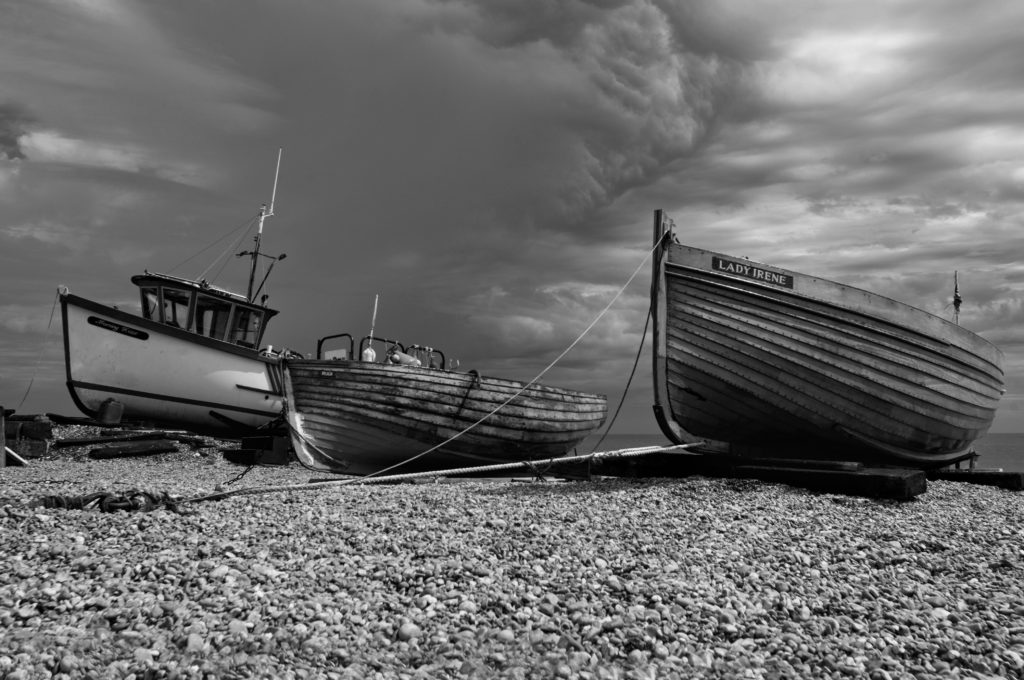
The Other Towns Called Deal – and the Internet Confusion
A quick internet search can give the appearance of many places called Deal – one site claims 10. To make the confusion worse the term ‘Deal’ gets confused with all kinds of monetary ‘deals’, financial transactions and card dealing. If that wasn’t enough there is a cryptography term DEAL which stands for Data Encryption Algorithm with Larger blocks, and even an early car named Deal! This post provides a short jaunt to the other Deals around the world and attempts to clear up the internet confusion.
The Other Seaside Deal and its Extra Terrestrial Rock
I haven’t visited any of other towns called Deal, though I have unknowingly been very close to the other seaside Deal in New Jersey, USA many times. For some years I worked for a NJ software company based in Monmouth County and I often visited the seaside at Long Branch, which is the next town on the coast, and only about 5 miles away. If only I had known about the other seaside Deal at the time!
The name of the New Jersey town is derived from the original Deal in Kent, which comes from the Old English ‘dael’ meaning ‘valley’. The modern English word with the same origin is ‘dale’. A settler, Thomas Whyte, an English carpenter from Deal, acquired land along the shore in the mid 1660s. Like much of the coast in that area, it is a pricey location. The average house price was $1.8m back in 2007, according to Forbes Magazine. There is a man-made lake in the area called Deal Lake, which is one of the largest in New Jersey, occupying 158 acres.
The other reference to Deal, NJ you might find is the Deal meteorite, which fell in 1829. It caused much excitement at the time, being accompanied by a fireball over the town and multiple booms. It is of the L6 chondrite variety, which mainly consists of obscure minerals such as olivine and hypersthene, and weighs in 28g.
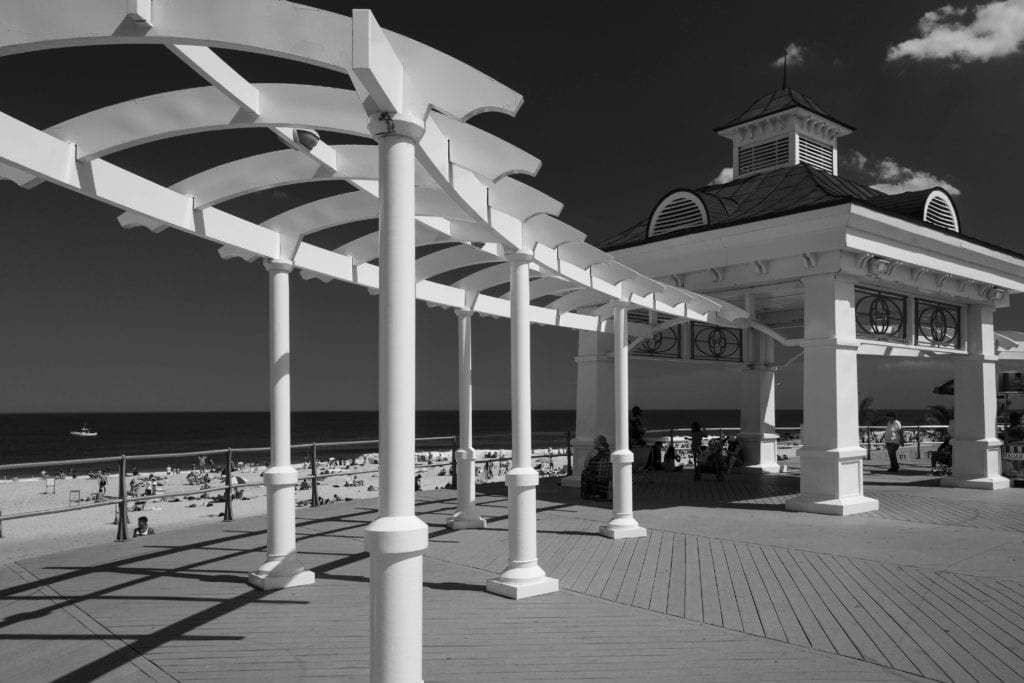
New Deal, Texas
There is a new New Deal in Texas, with a population was 794 at the 2010 census. This is named after President Roosevelt’s public works program, not our English seaside town, so it’s a red herring. It was originally called Monroe, after a local landowner, but as there was already a town in Texas with the name Monroe City, the U.S. postal department changed the name of the town to avoid confusion.
Transylvanian Deal
Deal is Romanian for ‘hill’ so it is not surprising there is a place of that name in Romania. It’s located in the county of Alba, Transylvania which had a population of 355 in 2011. The Wikipedia page is a stub article that provides very little information except for a translation of the name into other languages. The village has a FaceBook page, which provides some images.
Given it is such a common word, it’s also not surprising to find villages in Romania that incorporate it. There are several villages called După Deal, which according to Google Translate means ‘beyond the hill’. Searching for ‘Deal’ in Romania will also bring up place names that contain the term such as the Dealul Mare wine region.
Far Flung Deal Island, Tasmania
Far from South East Kent is Deal Island, Tasmania, the largest island of the remote Kent Group of islands and some 10,609 miles away! The island lies within the Kent Group National Park, Tasmania’s northernmost national park and marine reserve. A visitor in 2018 described it as “an imposing, dramatic landfall…picture a mammoth, granite tooth jutting out of the sea on an otherwise blank horizon.”
According to the same account, the average population of Deal Island for most of the year is just two caretakers, volunteers who stay for 3 months to maintain the heritage buildings, grave-sites, and air strip. The island is largely inaccessible unless you have a yacht and the caretakers are entirely reliant on solar power. At least the caretakers have some wildlife for company, as the island has populations of wallabies and geese.
There is a lighthouse on the island, which was constructed in 1865, decommissioned in 1992 and once the highest lighthouse in the Southern Hemisphere. The original lighthouse keeper’s residence is now a museum.
The reference to Kent sounds like it must be connected to Deal, Kent, but that’s another red herring. The island was named after captain William Kent, an English Royal Navy officer, known for his part in settling the region.
Deal Island, USA and the Skipjacks
Deal Island, USA is in Somerset County, Maryland. The population of the island was 578 at the 2000 census, though it is dropping, whilst shedding land at about six-and-a-half acres a year due to rising seas. The island is known for its skipjacks, single-masted vessels, which were the mainstay of the Chesapeake Bay oyster fleet in the 19th century.
The local oyster harvest reached its peak in 1884 but has declined steadily since, especially since the turn of the 21st century. New skipjacks were built up until the late twentieth century, but a change in the law in 1965 allowed motor powered boats to operate two days a week , and they have been in steady decline ever since. Few skipjacks remain today, but they remain a source of pride on Deal Island, which hosts skipjack races once a year. It sounds like a really interesting place to visit with traditional waterman’s homes, seafood shacks and wildlife such as osprey and pelicans. I would think it would be a great photographic destination. In addition to the boats and wildlife there is old wooden bank building still standing which closed after the crash of 1929!
Unverified Towns called Deal: Idaho, Pennsylvania, The Philippines and South Africa
You can find map references to towns called called Deal elsewhere, typically in very remote locations, but these appear to be automatically generated with nothing to substantiate them. The link I’ve shared here counts Deal, Kent twice, so its clearly unreliable.
There is also a Wikipedia stub article that references a Deal in Pennsylvania, but it provides no details except that it is an unincorporated community that had a post office in the 1880s!
Useful Resources on this Site
My post on the many pleasures of Deal describes some of the best ways to enjoy the English coastal town, which is an ancient place with a rich history. You can read more about that in my article on Deal history and its companion post on Deal’s famous visitors and residents. The most obvious start to Deal photography is at the beach. There are still several working boats to shoot on the shingle beach together with winding gear and plenty of lobster pots. I have put together a gallery of boat shots, all taken on film – you can view them at my boats of Deal, Kent gallery.
- Black and white photography gallery of Deal
- Black and white photography gallery of Deal 2
- The boats of Deal (black and white film gallery)
- The Many pleasures of Deal (article)
- The History of Deal (article)
- The Pubs of Old Deal (article)
- Famous Visitors and Residents of Deal (article)
- History of photography timeline (article)
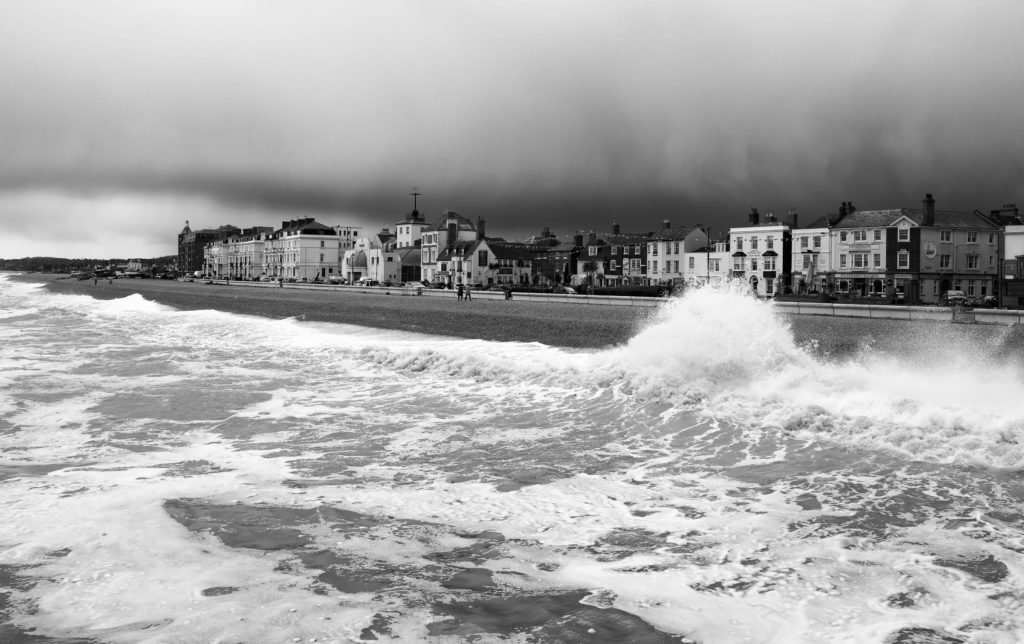
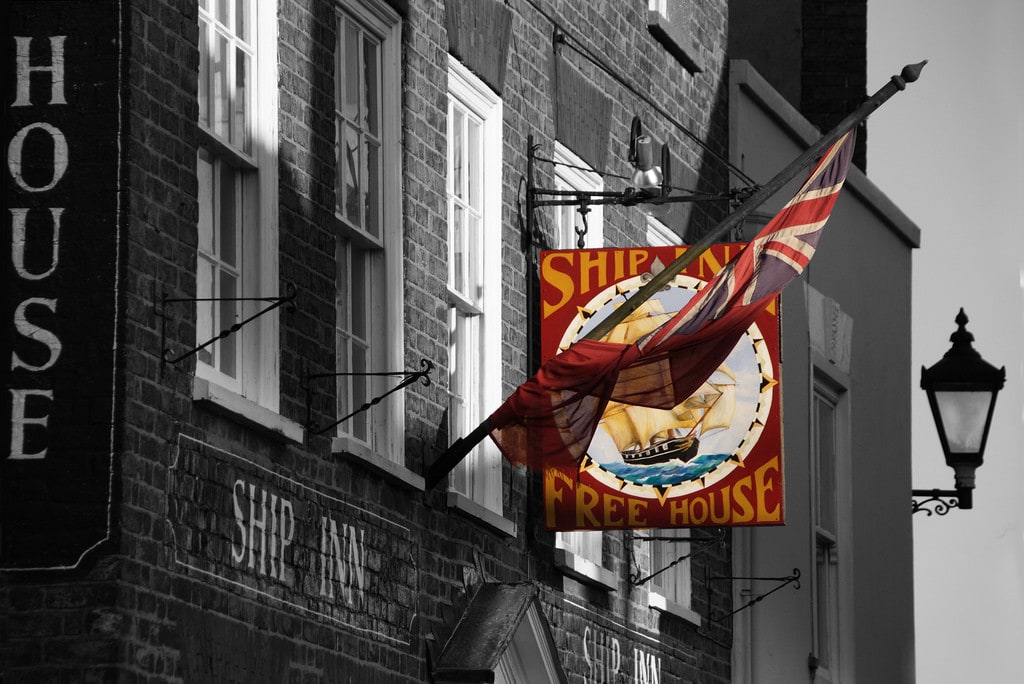
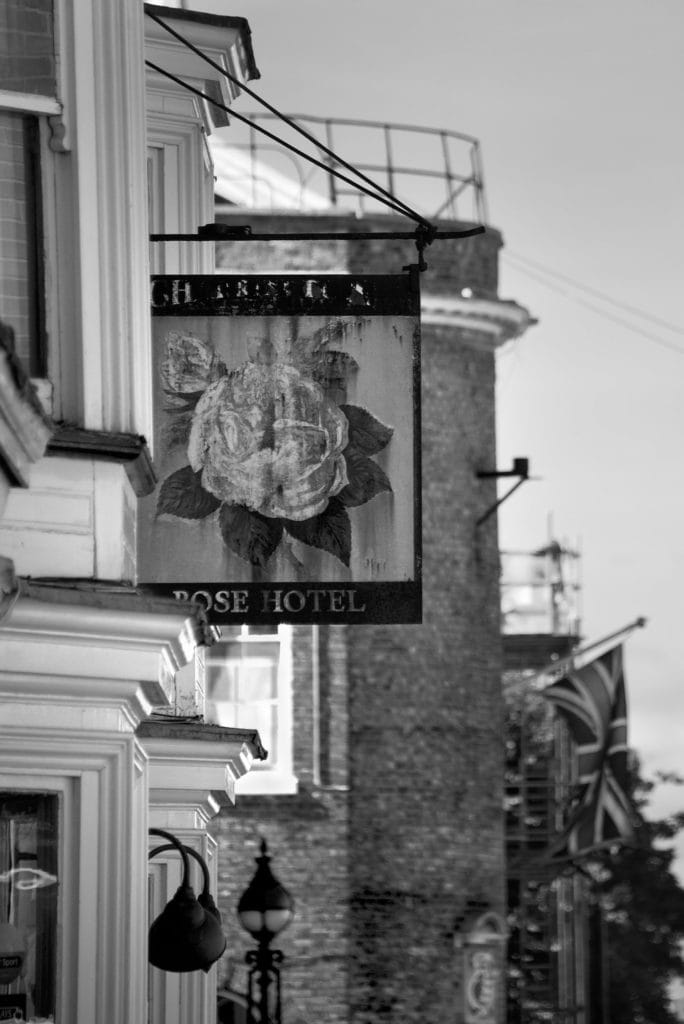


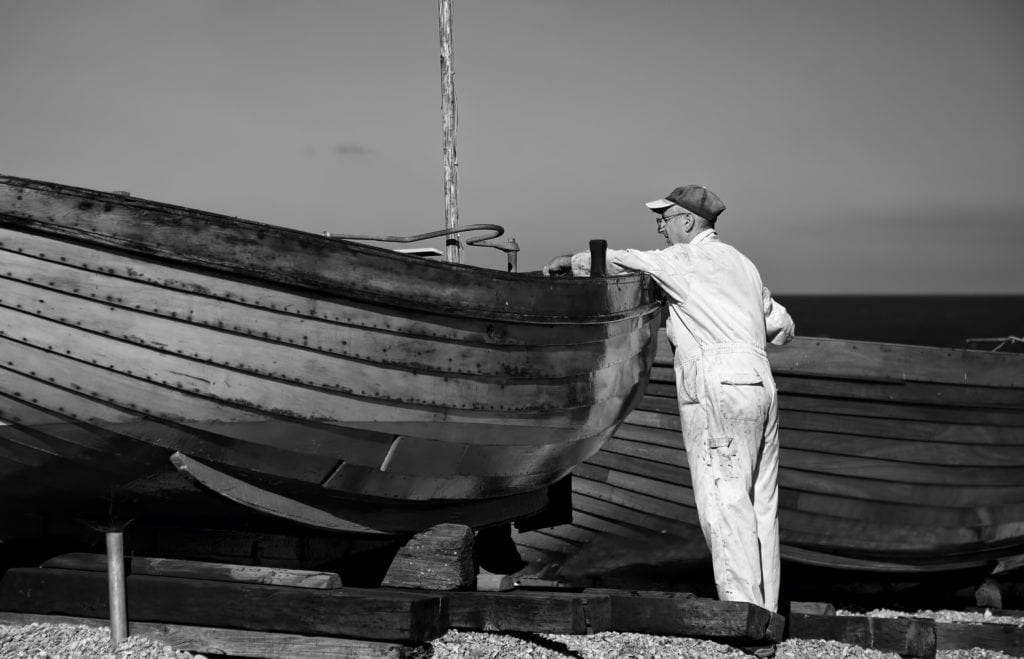

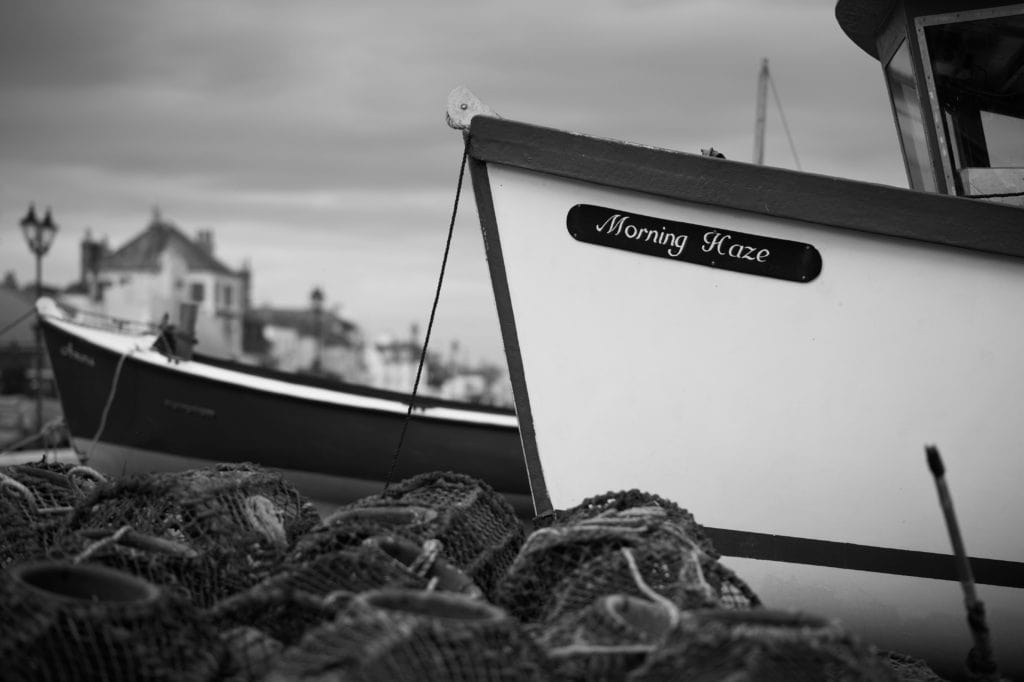

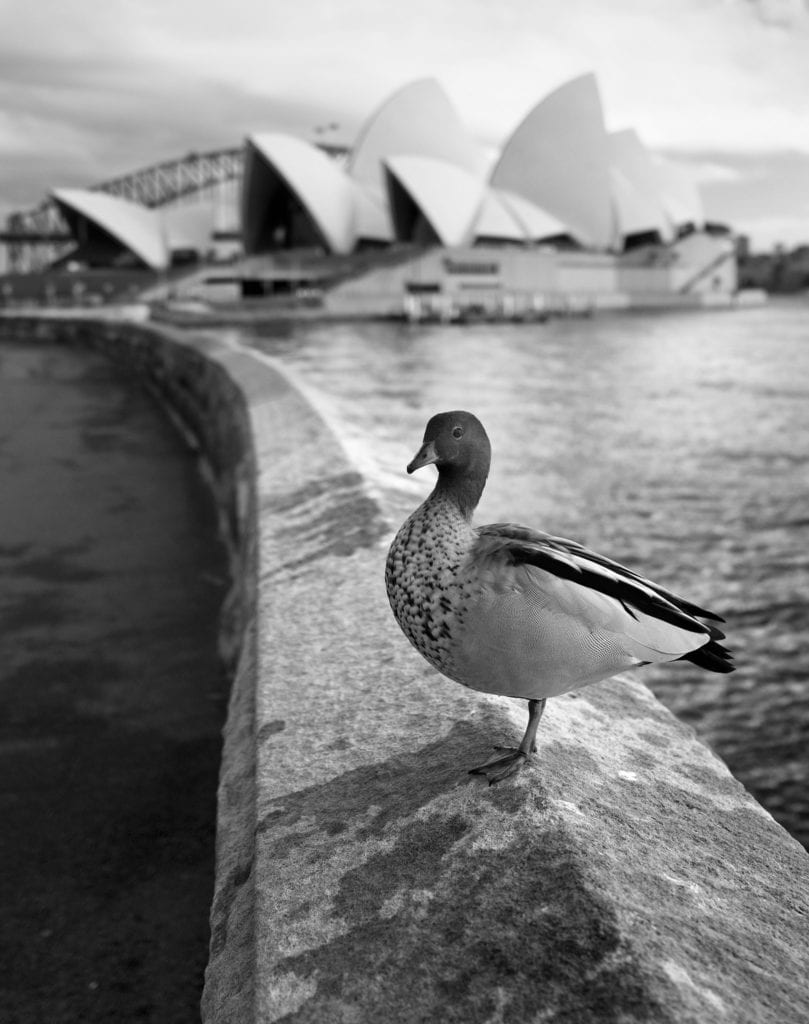
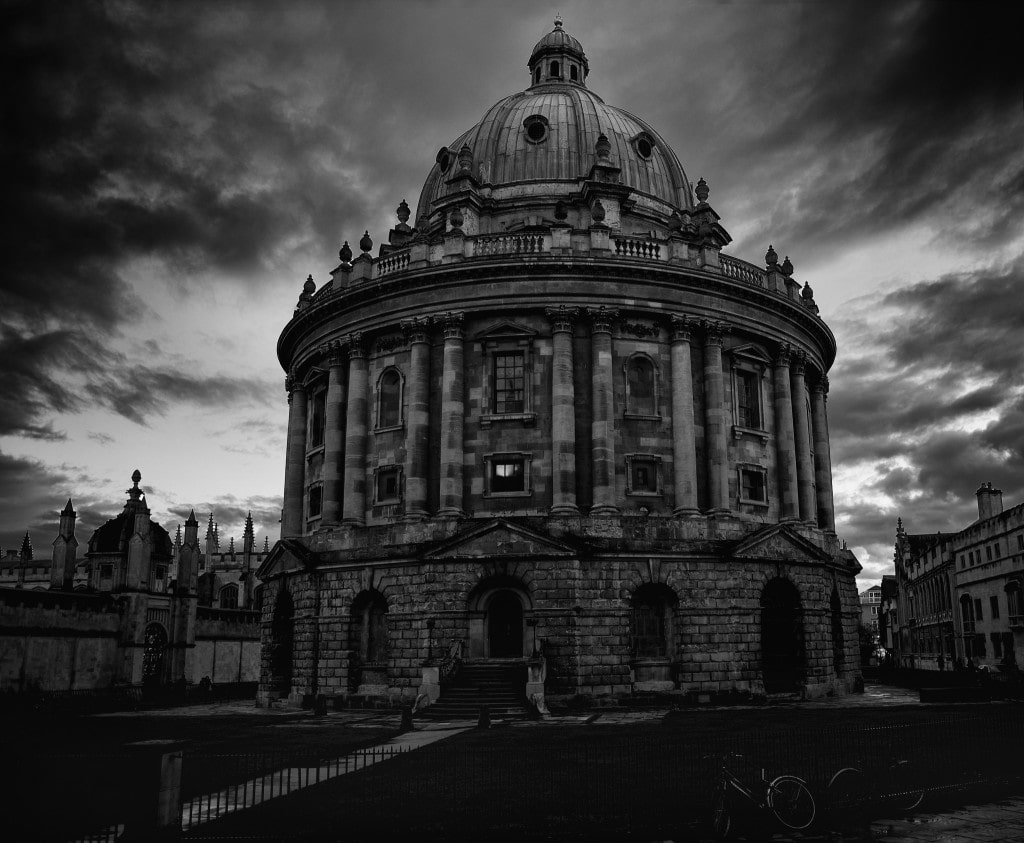
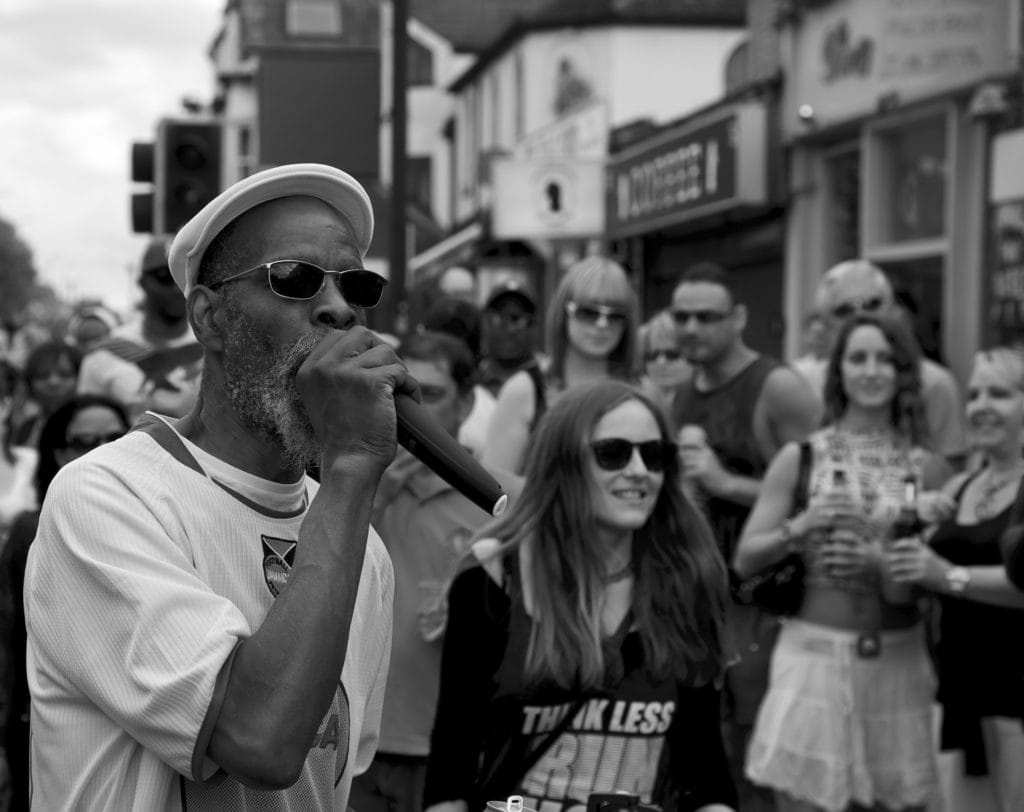 The cobbled Radcliffe Square containing the iconic
The cobbled Radcliffe Square containing the iconic